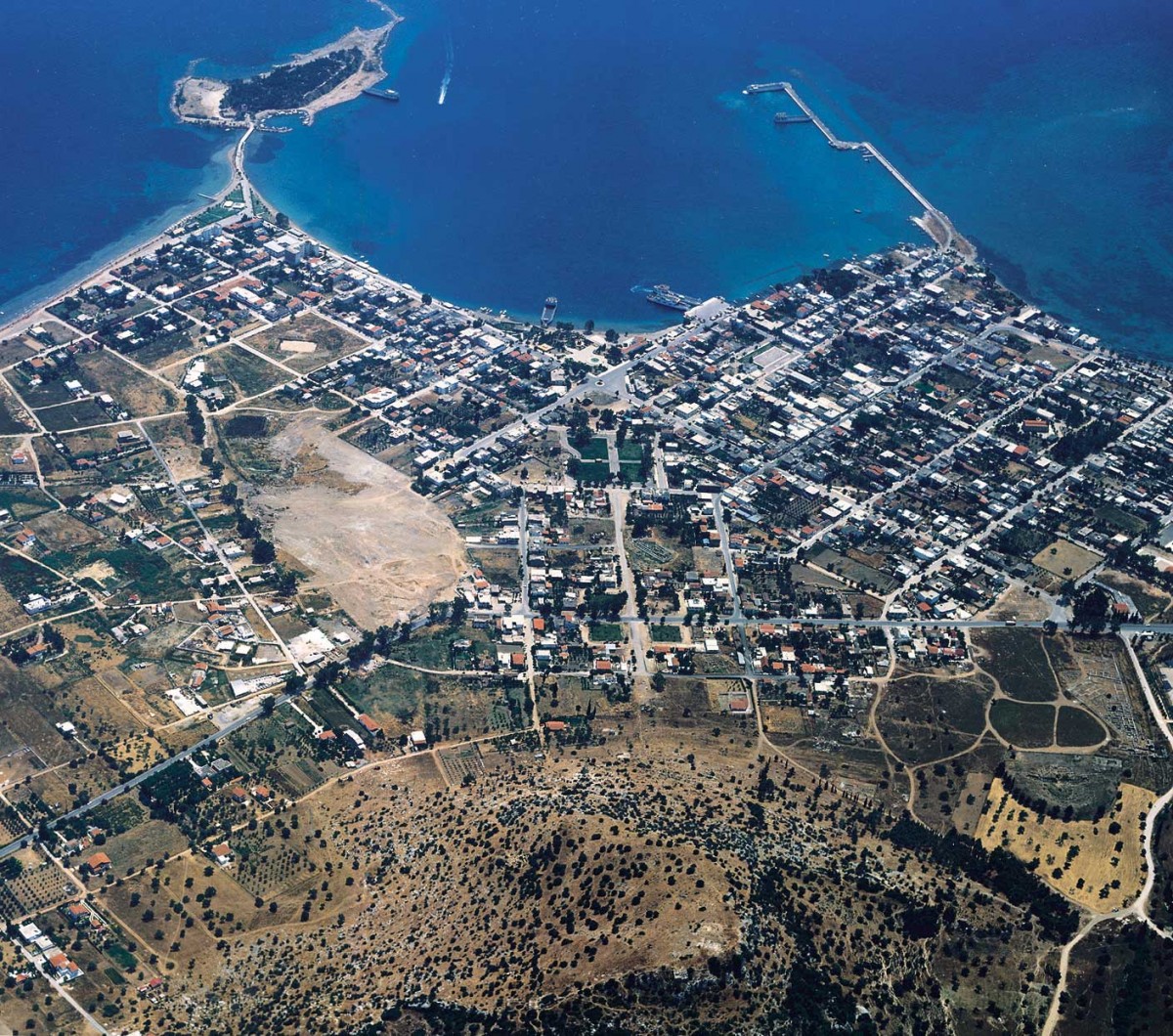The Open Meeting of the Swiss School of Archaeology in Greece will take place in the Byzantine and Christian Museum in Athens.
Speakers: Lorenzo Amberg (Swiss ambassador), Karl Reber (director of the School), Lorenz E. Baumer (Professor at Geneva University).
Karl Reber, director of the Swiss School of Archaeology in Greece, will present the School ‘s fieldwork in 2012, in particular the main results of the excavations of the Roman Baths at Eretria and the exploratory trenches at Amarynthos in search of the Artemision.
Professor Lorenz E. Baumer will give a lecture entitled “Not (only) looking for Pythagoras – archaeological research in ancient Kroton (Calabria).”
The city of Kroton, founded by Achaean colonists towards the end of the 8th century B.C. in nowadays Calabria, and its territory have revealed up to this day only a very limited interest, even when it was in the 6th and 5th centuries B.C. one of the leading cities of the Magna Graecia. Renowned for the beauty of its girls and the strength of its athletes, it was also the hometown of the general Milon with his tragic end and the place where the philosopher Pythagoras installed his school.
In 2010, the University of Geneva started in direct cooperation with the Ufficio Territoriale di Crotone e della Sila of the Soprintendenza per i Beni Archeologici della Calabria and its director Dr. Domenico Marino a new research initiative, aiming at a better comprehension of the city of Kroton and its territory. With a strong indigenous population mostly inhabiting the hinterland, and with the Greeks and Romans installing themselves successively on the coast, the Krotoniatis is a region of particular interest for historical studies of intercultural encounter and exchange. A rich set of topographical features makes it in the same time a laboratory for the study of human occupation under very different conditions. The conference will present some of the result of the first campaigns and the perspectives for future research.
